Where there is hardware there is software. Assembly and machine-level programming have been around for years. Prateek Pardeshi visited a leading aftermarket player to understand the change in approach today.
It is well known how the low-level binary skeleton of Assembly Language Programming (ALP) coexists with Machine Level Language (MLL). The latter converts ALP using an assembler and can be converted vice versa using a disassembler. In layman terms, while MLL programming governs machines the use of ALP is crucial to embedded systems that span across micro-processor-based devices and applications with real-time systems put in place. A leading provider of embedded systems and solutions, Mumbai-based R.B Electronics is no alien to both realms and is well-versed with the modern-day requirements of the automotive industry. With a vision to dedicate its efforts to making electrical components safer, the company can be classified as a third-party supplier of aftermarket components.
Rambriskh Yadav, the Founder of the company started off his entrepreneurial journey in 1992 with a car radio repair shop back then. The streets in those yesteryears were ruled by the Fiats and Hindustan Motors of the country. Hailing from a generation that witnessed the introduction of Maruti Udyog Ltd. vehicles, since the advancement in radios was stalled, he recollects, opting for the electronics industry which according to him was not explored holistically. The transition from cassettes to modern CD/DVD players might have marked the end of an era, but it opened up new avenues for the company, he said.
Yadav drew attention to the Mumbai floods of 2006 when many vehicles are known to have been submerged and leading to a high frequency of insurance claims. This also meant that their electronic systems were severely damaged owing to the seepage of rainwater. This inspired Yadav to start his own firm and venture into vehicle interface and embedded systems.
Early roots
An old hand at embedded systems, the company has been in the automotive-electronics segment since 1992. Nearly three decades later, Yadav fondly refers to his full-time sub-assembler status
akin to a tier 2 vendor for Pune-based van major, Force Motors. Claimed to be a bootstrap company, that specialises in dealing with old car systems and has the capability to carry out upgrades using a universal, digital interface. From the pan India network, their Business-to-Business (B2B) clientele today encompasses primarily of OEM dealerships, distributors, and auto-accessories. The small enterprises encompass the unorganised yet vital cog of the industry. For the B2C base, based on the requirement, the company carries out jobs to help deliver a finished product. This in turn needs the intervention of a local technician as the company, for this segment, refrains from working on the vehicle itself. Since then the introduction of sub-assemblies like the IR-based interface, CANBUS, R.B. Electronics, in 2011, was chosen as the OEM supplier for Force Motors Ltd. when they launched their first SUV ‘Force One’. The company was involved in the sub-assemblies of the steering mounted audio control, and is claimed to have put together an estimated 5,000 units. It is for these reasons that Yadav, till date, reminisces about the good old times and secretly harbours the ambition to turn into a tier supplier again if presented with an opportunity.
Facilities at the workshop
At R.B. Electronics, the facility is capable of undertaking fundamental electronics and sub-assemblies R&D. It is aligned with the manufacturing setup and the three warehouses in Mumbai, Maharashtra. Having faced the challenges of procuring wiring harnesses, Printed Circuit Boards (PCBs) from external vendors and a whole gamut of issues, Yadav wants to get back to manufacturing in-house, and on scale. The company aspires to manufacture PCB etching, couplers, and wiring for instance. At present, using four machines, R.B. Electronics can carry out jobs like wire crimping, and continuity checks. The latest addition is sourced from Golden Machine Tools, in Hyderabad. It also has a pick-and-place robotic arm used for installing Integrated Chips (ICs). Yadav shared, the arm was imported from the Netherlands back in 2009. Commenting on the facility and regular advancements, he averred, “I use three hours of the day in learning new developments in the industry and to keep myself updated. We further encourage and up skill our employees.”
In the battle of ICE and EV
Yadav echoed the viewpoint of the only distinction between an ICE and an EV being the motors and battery packs replacing the IC engine. They have a dedicated battery for all other features, such as an electronic seat up and down, EPS operation, etc, he quipped. Compared to ICE, the Engine Control Module (ECM) has changed for EVs, he added. The Battery Control Module (BCM), however, has remained constant and has always been electronic since its inception according to Yadav. With the transition of many features and automation, the veteran acknowledged the underlying security risks with the growing digitisation per vehicle. He opined, “Digital will never have any security system as such. It will always have an alternative to break the encryption.”
The company largely works with chips, and because of the global shortage, had to find alternative means as a work around to deal with the skyrocketing vendor prices. It may have forced us to compromise on the quality, admitted Yadav. The current project for Tata Motors and Mahindra Group dealerships has the company replacing older infotainment systems with new Android OS variants. Furthermore, they are in discussions with an OEM that has raised concerns over the government-imposed speed limiters used in the commercial vehicles segment. Until today, all governors worked on a limiter, which blocked the throttle cable and avoided top-end torque. One of the major disadvantages was that when the vehicles drive on the ghats, they lacked top-end torque and the attempt to overtake with the 80 kmph limit was a trap for casualties, he explained. R.B. Electronics is expected to have been working on a module that will allow the driver to gain the initial pickup and top-end torque while electronically limiting it to 80 kmph in a much-needed breakthrough. On other safety hazards, he spoke of the local technicians resorting to product installations by slitting the wire, using a metal clip or using relays, and fuses.
All of these are temporary solutions that increase the risk of short circuits, vehicle fires, and other mishaps, he explained. “When we slit the wire, we damage the core of the wire, which leads to such mishaps. An introduction to modules and Plug-and-Play (PNP) connectors, which are safe and have fewer mishaps, is another easier way to obtain these customisations,” he concluded. ACI
Upfront
Tier Supplier At Heart
Rambriskh Yadav, the Founder of R.B. Electronics spoke upfront to Prateek Pardeshi on creating a business ground up and harbouring ambitions of turning a tier supplier some day.
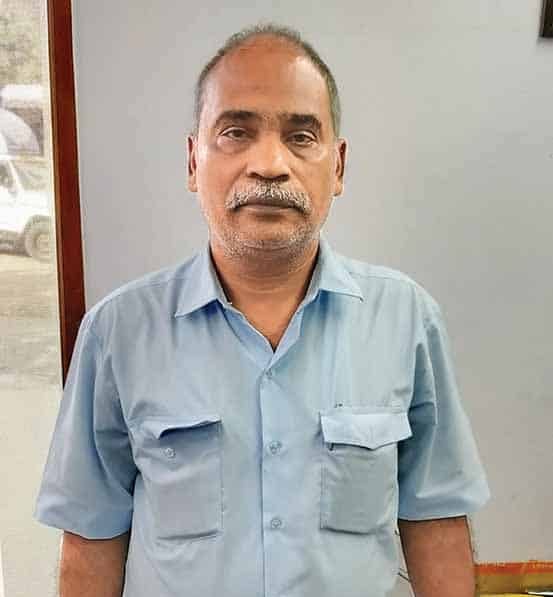 Q. How did the journey of R.B. Electronics begin? What are the key businesses today including producing finished products or any services?
Q. How did the journey of R.B. Electronics begin? What are the key businesses today including producing finished products or any services?
A. Our journey started as a car radio repair shop back in 1992. Back in the day, there were Fiat and Ambassador cars and Maruti was the latest entrant to the market. There were fewer couplers, only simple wiring was the focus. A few years ahead, the Indian automotive industry saw CD players catch on as a trend. After the CD player, we saw the Mechaless infotainment systems enter which were basically mechanism-less infotainment consoles. This was the tipping point from analogue to digitalisation. Moreover, cutting wires was made difficult as it was an end-to-end coupler. Up until 2005, we only used to repair these, but when a flood struck Mumbai in 2006, many vehicles submerged under water and all electronic instruments stopped working.
Now to repair these, many analogue systems and digital systems didn’t support each other as the signals were different. This is where my inspiration started in developing a protocol changer which we can interface with today. We started developing an IR-based interface, then we switched completely to wire-based communication. In 2007, we started working on CANBUS. Back then, we used to strip the wire and used to join it. In doing so, many vehicles started giving issues such as short circuits. Issues like loose connection led to poor service and rightly so as we were cutting the wires. This is when my focus started on couplers, and we started manufacturing them. For all OEMs, infotainment is different and couplers are customised only for that particular model. Many customers buy aftermarket infotainment today as the functions offered are much more at a considerate price, which OEMs fail to provide. This is where the need of different couplers is felt. Our main core business is to understand what protocol is the OEM infotainment working on and what protocol the aftermarket unit is taking as the input is our strength. We also manufacture harnesses to avoid any errors in the vehicle, more like a Plug-and-Play (PNP) solution.
Q. The business is working on a finished product or services largely?
A. We come under the finished product and as a third-party provider, we are not an OEM as of now nor do we sell any infotainment system. To connect both worlds, called embedded systems is where we step in. But we are striving hard to become a supplier for an OEM. Until now we have worked as an official supplier for Force Motors. Back then, Force motors had introduced the Force One vehicle, which we manufactured for and were the official supplier for their steering-mounted audio control. We manufactured everything here in India. We manufactured ~5000 units for it.
Q. Is it a boot strapped company?
A. Yes, it is a completely self-funded company, we have in total three warehouses and all are based in Mumbai, Maharashtra.
Q. With the advancement in the industry, how do you cope? How do you up skill your employees?
A. I spend almost three hours of the day updating myself with the latest trends going on. We study the market and try to work on them accordingly. When I learn something new having full-proof knowledge then we pass it on to the employee base.
Q. Give us a sense of your B2B and B2C clientele.
A. We work largely as a B2B setup. Our B2B clientele includes dealers and auto-accessories vendors and distributors pan India. For B2C we can deal with queries and work on them and then we give the finished product. The customer can get it installed by any local technicians, we do not work on the vehicle directly.
“Back then we used to strip the wire and used to join it but by doing this many vehicles started facing issues such as short circuits or maybe a loose connection leading to poor service and rightly so as we were cutting the wires.”
“We update older vehicles with newer technologies. Our main business works on the fact that there are older cars in the market.”
“Digital will never have any security system as such. It will always have a alternative to break the encryption.”
Q. Have you recovered fully from the hits to small enterprises?
A. When demonetisation came in, business took a slight dip but we were not much affected by it. We are better placed today.
Q. Any ill impact of labour migration and other challenges post-Covid-19?
A. We took the Covid-19 era positively, our work was completely stalled, and funds were almost nil. But we learnt a lot of things, for instance, we came up with two-three products for Mahindra and Mahindra and Tata Motors. We made android players for them, for older vehicles which were plying with outdated infotainment systems. We not only updated them but added a few vehicle metrics to improve their functionality. As far as labour migration is concerned none of the employees left us. We didn’t cut salaries and stood by them.
Q. How have you progressed on a quarterly basis this fiscal?
A. In each quarter we are seeing an upward trend of almost 10 per cent. Also, we are doing much better than pre-Covid-19 era. This was made possible by the products we made for OEMs as I mentioned. We make these products for the aftermarket sales and supply them to dealerships and distributors.
Q. Tell us about the assembly language programming used for the business.
A. We only deal with C++ programming language for our requirements.
Q. With OEMs looking at offering a fully built vehicle with extended warranties do you fear a de growth?
A. According to me, all the trends come to the aftermarket first and then OEMs start adopting them. This, in turn, depletes the business of the aftermarket.
Q. How are you impacted by long delivery time lines and bottlenecks like shortage of chips?
A. We as a business have faced a lot of issues, many of our vendors had stopped sending chips, or they were selling it at a price which was beyond our budget. With that rate, survival was a challenge. Then we left the older vendor and started working with a few cheaper alternatives in the market. This in turn triggered quality compromise. Now the market is growing and going back to the pre-Covid-19 levels. We are also moving to turn into a full-time vendor. Our motto is to use automotive-grade chips and parts.
Q. How big is the used car market for your business?
A. Used cars is our main market. We update older vehicles with newer technologies. Our main business works on the fact that there are older cars in the market.
Q. Is working on ICE better or an EV?
A. The EVs which we have today in India, have the same Battery Control Module (BCM). They are still the same, only difference is the engine is replaced with motors and battery pack. For all other features such electronic seat up and down, working of EPS, etc they have a dedicated battery. In there is room to improve the BCM and working on EVs is much better than ICE. Since the overall performance of an EV increases and the amount of labour needed is less in comparison.
Q. What is the advancement made in the security of vehicles including connected, telematics and ancillaries like wireless and keyless entry systems?
A. Digital will never have any security system as such. It will always have a alternative to break the encryption.
Q. What are the future plans for R. B. Electronics and the biggest challenges in your opinion?
A. Having faced our set of challenges with vendor procurement, we have a dream to manufacture functions like PCB etching, couplers, wiring etc. in-house.
Q. What are the products which you manufacture here?
A. We were completely dependent on the out-sourced wiring harness. Now we manufacture it ourselves.
Q. What is the automation scale at the facility?
A. We have two machines to work on the PCB and to work on wiring we have another four machines. We have machines imported from the Netherlands and also from Hyderabad.
Q. India’s aftermarket industry is heavily dependent on China. Do you agree and how can we avoid it?
A. To avoid this over dependence our government needs to work on the electronics industry, also consider supporting the LED manufacturing companies. ACI
Also read, Strengthening The Mix Of E-Components



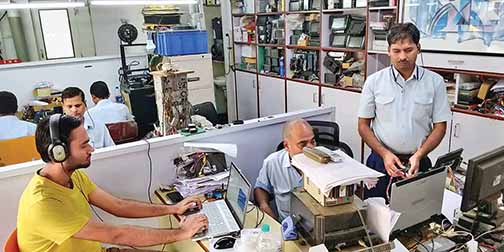

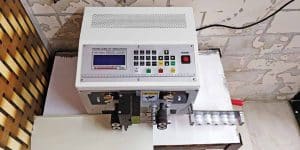



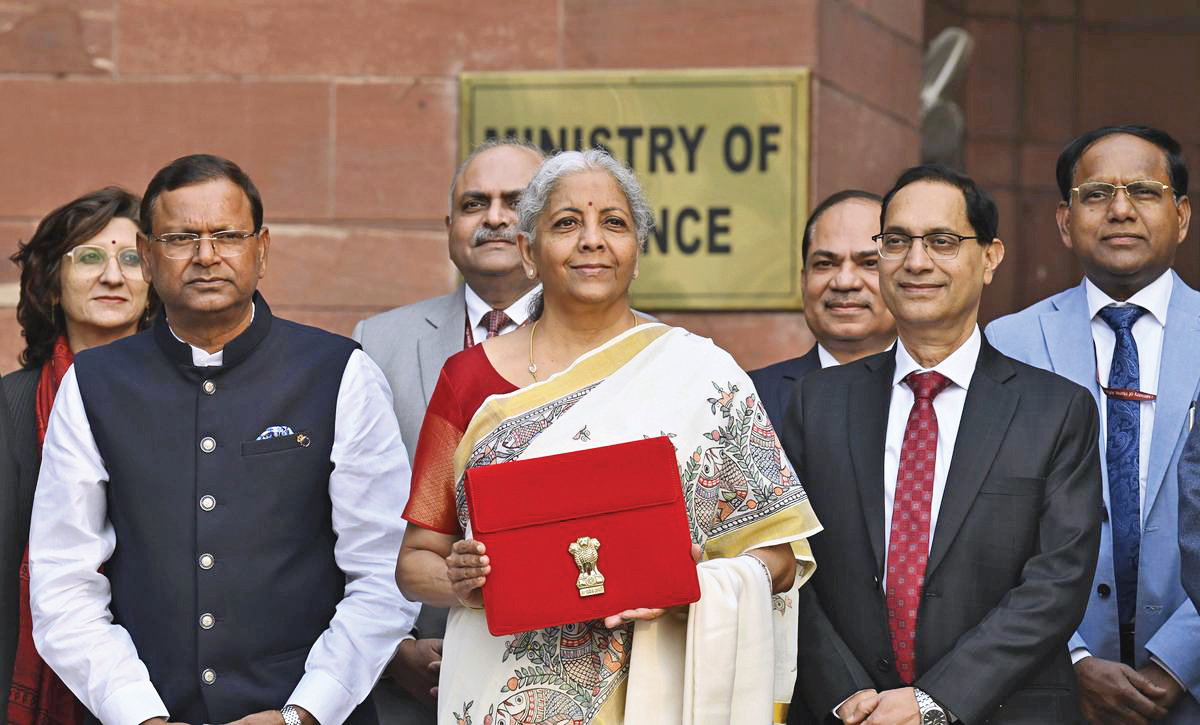
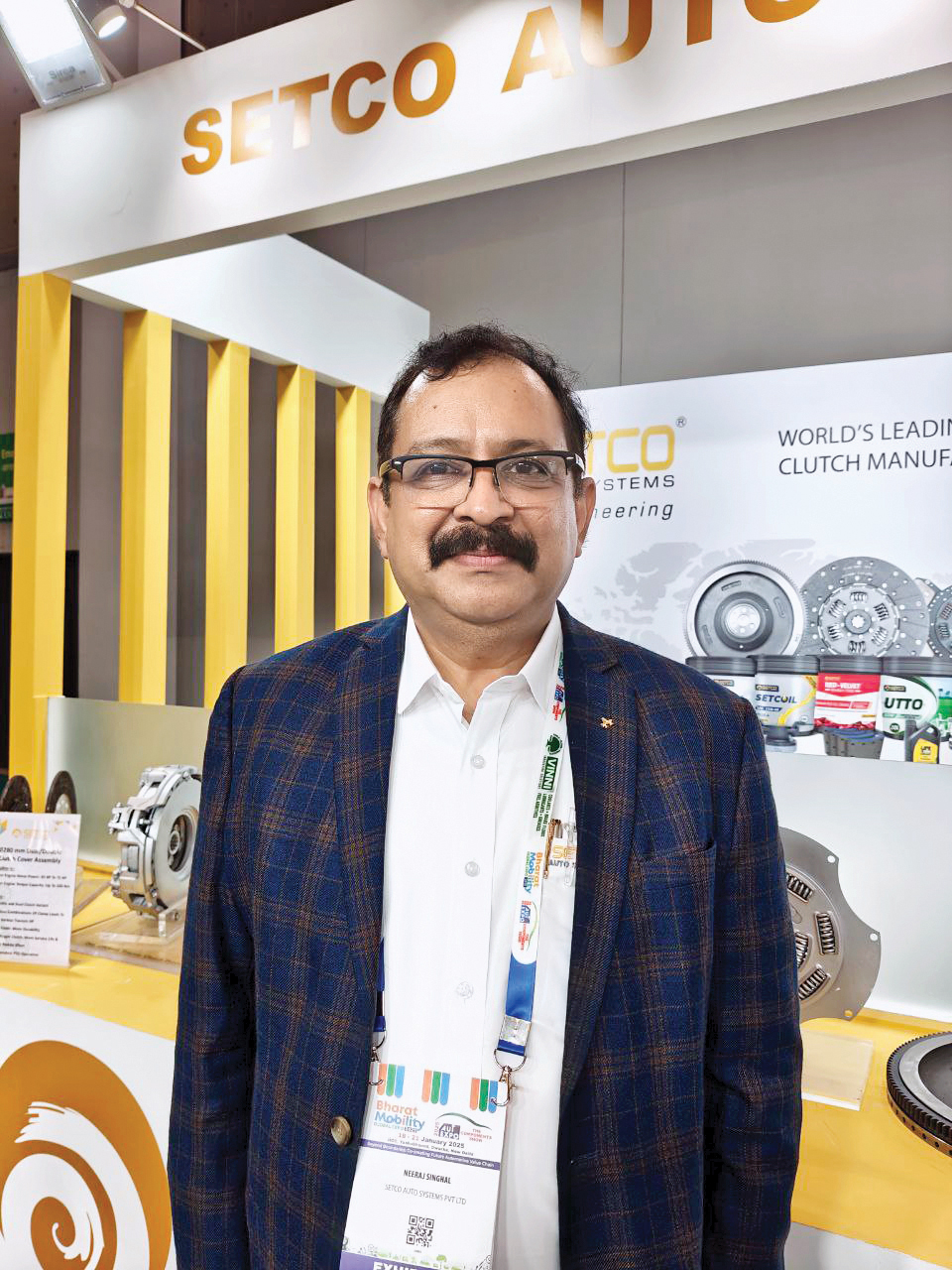
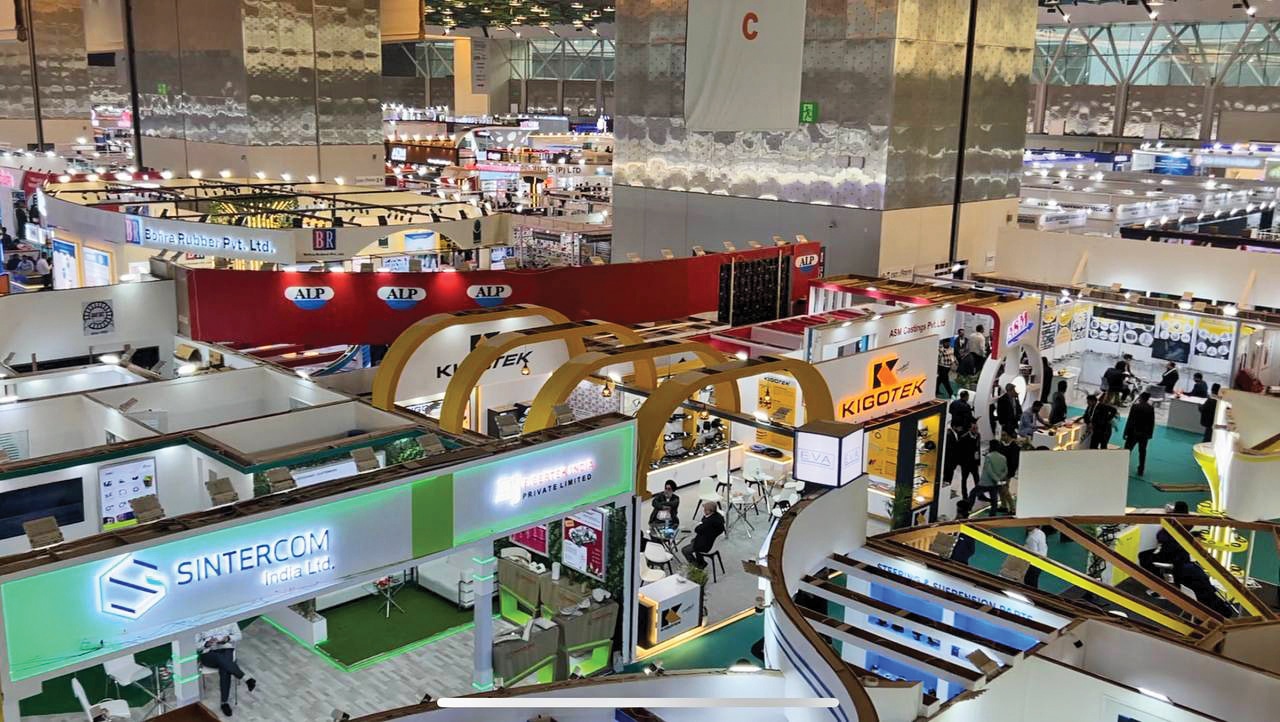

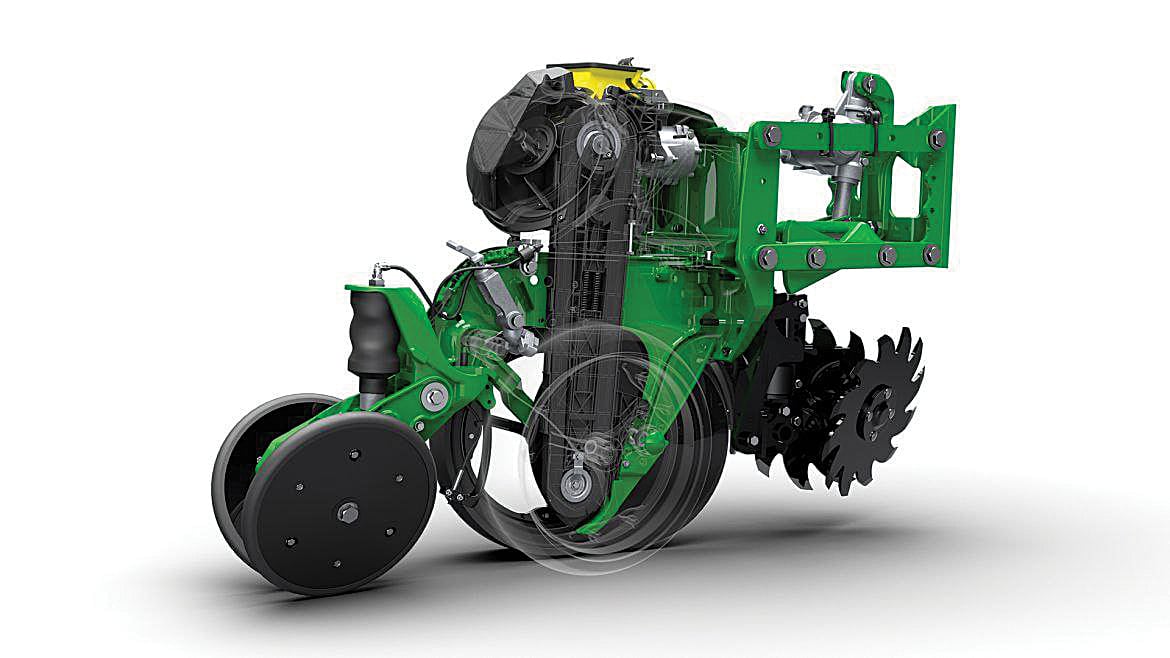

Leave a Reply